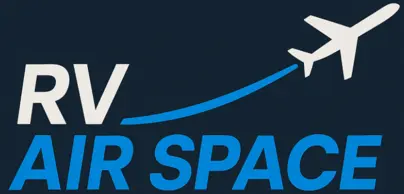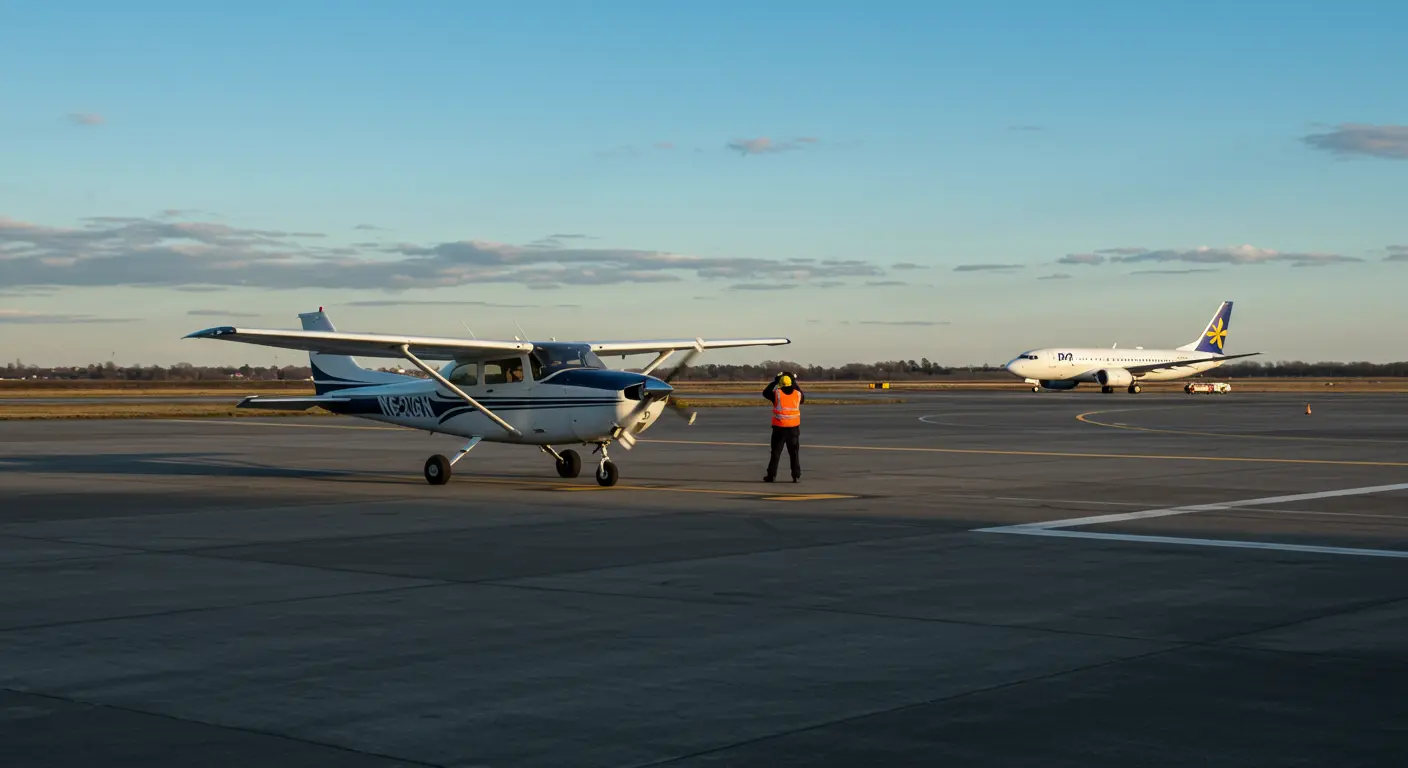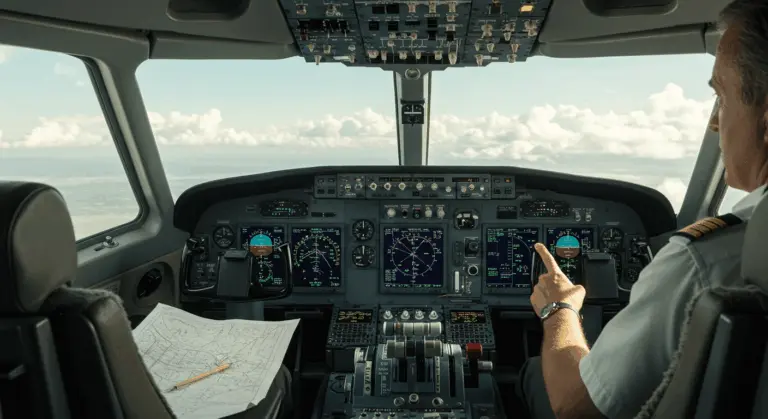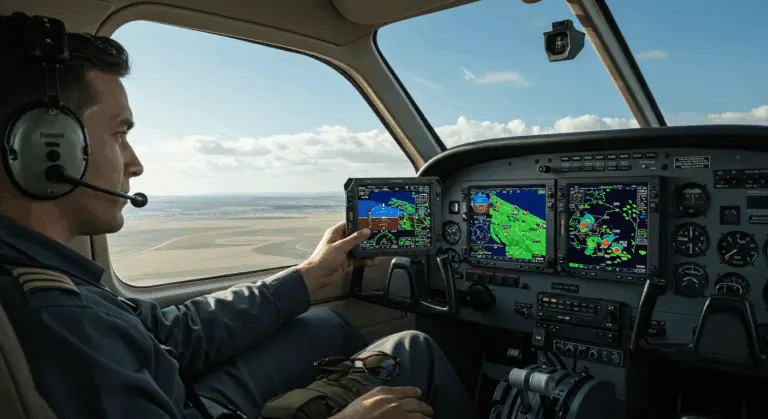Understanding Aircraft Approach Category Speeds
What are Aircraft Approach Categories?
Aircraft approach categories represent a sophisticated classification system that groups aircraft according to their landing approach speeds. This system is essential for aviation safety, establishing precise airspace requirements, obstacle clearance parameters, and visibility thresholds for instrument approaches.
Category assignment depends on the aircraft’s speed at the runway threshold (Vat)—calculated as 1.3 times the stalling speed in landing configuration (So). Alternatively, manufacturers may specify a reference landing speed (Ref) for this determination.
Five primary categories (A through E) exist, each defined by specific speed ranges and standardized by aviation authorities like the FAA and ICAO. ICAO extends this framework with a sixth category (H) exclusively for helicopters.
| Category | Speed (Vat) | ICAO Speed (km/h) | Notes |
|:———|:——————–|:———————-|:————————-|
| A | < 91 knots | < 169 km/h | |
| B | 91 to < 121 knots | 169 to < 224 km/h | |
| C | 121 to < 141 knots | 224 to < 261 km/h | |
| D | 141 to < 166 knots | 261 to < 307 km/h | |
| E | ≥ 166 knots | ≥ 307 km/h | |
| H | N/A | N/A | Helicopters (ICAO only) |
ICAO Approach Speed Definitions
ICAO classifies aircraft based on the aircraft’s indicated airspeed at the runway threshold—commonly termed Vat. Pilots know this critical measurement as approach speed or REF. The organization segments aircraft into six distinct categories: A, B, C, D, E, and H (helicopters), with each corresponding to specific speed parameters.
These categories are fundamental to instrument approach procedure design worldwide. They dictate essential elements: turn radii, obstacle clearance margins, and minimum visibility thresholds for safe approaches. This international standardization allows pilots to operate confidently across diverse airspace systems, regardless of national boundaries.
While ICAO’s classification mirrors the FAA’s approach categories used domestically in the United States, subtle implementation differences exist across various aviation authorities. The dedicated Category H for helicopters exemplifies ICAO’s comprehensive strategy for integrating all aircraft types within the global aviation ecosystem.
Approach Category Speeds in the United States
Within the U.S. regulatory landscape, aircraft approach categories depend on the aircraft’s indicated airspeed (IAS) at maximum certificated landing weight. The FAA’s classification encompasses five distinct categories, each with precise operational parameters.
These categories prove instrumental in establishing instrument approach minimums. Each classification demands specific obstacle clearance margins, descent gradients, and visibility requirements—ensuring aircraft can navigate safely to runways during instrument meteorological conditions (IMC).
A fundamental safety principle governs the U.S. system: aircraft operating above their published category speed must adopt the higher category’s minimums. Consider a Category B aircraft (typically 91–121 knots) approaching at 125 knots—it must follow Category C standards. This requirement ensures adequate obstacle protection and sufficient pilot reaction time during the critical approach phase.
The FAA’s approach category system harmonizes with ICAO standards while incorporating implementation details specific to U.S. airspace and procedures. These classifications appear throughout terminal procedure publications (TPPs), approach plates, and navigational documents essential for U.S. operations.
Examples of Aircraft Approach Speeds
Real-world examples show how aircraft classification works in practice. These concrete examples demonstrate the diverse aircraft types and their corresponding approach speeds that shape operational parameters during landing procedures.
-
Category A (< 91 knots): Light general aviation aircraft.
-
Piper PA-28R Cherokee Arrow (~70 KTS)
-
Douglas DC-3 (~74 KTS)
-
Cessna 210 Centurion (~75 KTS)
-
Category B (91 to < 121 knots): Medium-sized and regional aircraft.
-
Douglas DC-4 (~94 KTS)
-
Douglas DC-6B (~108 KTS)
-
Fokker F27 (~120 KTS)
-
Category C (121 to < 141 knots): Commercial jet aircraft.
-
Boeing 707-320B (~128 KTS)
-
Boeing 737-700 (~130 KTS)
-
McDonnell Douglas DC-9-15 (~132 KTS)
-
Category D (141 to < 166 knots): Larger commercial and wide-body jets.
-
Boeing 737-800 (~142 KTS)
-
Airbus A350-900 (~145 KTS)
-
Boeing 747-400 (~157 KTS)
These examples demonstrate the practical implementation of approach categories, ensuring safe operations across aviation’s diverse aircraft spectrum.
Understanding Approach Procedure Segments
Aircraft approach procedures unfold through distinct segments, each serving specific operational purposes with defined parameters. These segments create a structured pathway guiding aircraft from en-route flight to landing—ensuring both safety and standardization across airports and aircraft types worldwide.
Four main segments comprise the procedure, systematically guiding pilots from en-route flight to safe touchdown.
The initial approach segment spans from the Initial Approach Fix (IAF) to the Intermediate Fix (IF), transitioning aircraft from en-route flight into the approach phase. This segment encompasses descent, aircraft configuration adjustments, and maneuvering to align with subsequent segments.
The intermediate approach segment extends from IF to the Final Approach Fix (FAF), serving as a stabilization phase. Here, pilots establish the final approach trajectory and complete essential pre-landing checklists.
The final approach segment stretches from FAF to either the runway or Missed Approach Point (MAP)—representing the most critical phase. Aircraft descend along a precise path while pilots must rigorously adhere to their aircraft category’s specific parameters.
The missed approach segment activates at the MAP or Decision Altitude/Height (DA/DH). It establishes a safe, predetermined escape route when landing proves impossible, facilitating another approach attempt or airport diversion.
Since faster aircraft demand larger turn radii and enhanced obstacle clearance, pilots must maintain category-appropriate speeds throughout each segment. Maintaining proper speeds is crucial for safety margins.
Minimums and Safety Considerations
Approach minimums—encompassing required altitude and visibility for landing—represent critical safety parameters calibrated for each aircraft approach category. Faster aircraft demand greater safety margins due to their velocity and expanded turning radius requirements.
When pilots exceed their aircraft’s designated category speed, they must adopt the higher category’s more restrictive minimums. A Category B aircraft operating at Category C speeds must follow Category C standards—demanding higher altitudes and superior visibility conditions.
Following minimum safe altitudes is critical during instrument approaches when visibility may be severely limited. These minimums provide crucial protection against controlled flight into terrain (FIT) incidents—a significant aviation hazard. The obstacle clearance engineered into approach procedures creates safety buffers that diminish when aircraft exceed designated speeds.
Beyond terrain avoidance, approach category speeds directly influence aircraft performance during flight’s most critical phases. Exceeding recommended approach speeds compromises safety in several ways:
-
Reducing aircraft maneuverability when precise control is most needed
-
Increasing landing distance requirements, potentially leading to runway overruns
-
Decreasing the pilot’s available reaction time to unexpected conditions
-
Creating unstable approach conditions that may necessitate a missed approach
-
Altering the aircraft’s descent profile, potentially compromising obstacle clearance margins
Adverse weather conditions—reduced visibility, precipitation, or wind shear—amplify the hazards of inappropriate speed management. Many operators therefore set additional safety margins beyond regulatory minimums during challenging weather scenarios.
Flight crews conduct comprehensive approach briefings before every procedure to verify correct category designation, minimums, and protocols for prevailing conditions. This systematic preparation ensures safety throughout the approach phase.







